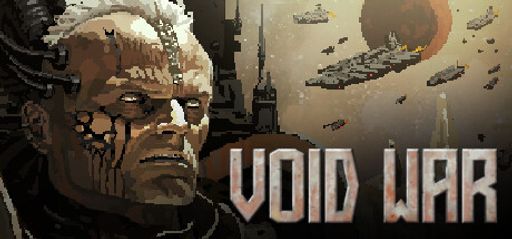Overall Impressions
Void War immediately captured my attention. It felt like settling into the captain’s chair of a retro-style starship polished with modern flair. Inspired by FTL, it also channels Warhammer-like dread through creaking hulls and heretic steel. The core loop—beacon-jumping, enemy fights, scrap scavenging, and upgrades—feels familiar, but fresh ideas like psychic powers, gear-equipped crew, and decaying imperial relics give Void War a unique identity.
Boarding combat plays a much larger role than in FTL, becoming a decisive mechanic that can define your entire run. Winning often depends on how well you build and manage your boarding crew. Artifact synergy adds another layer, turning your ship into an explosive juggernaut or a relentless hive based on your strategy. Combined with a grim Imperial aesthetic, these systems create a rich, immersive experience.
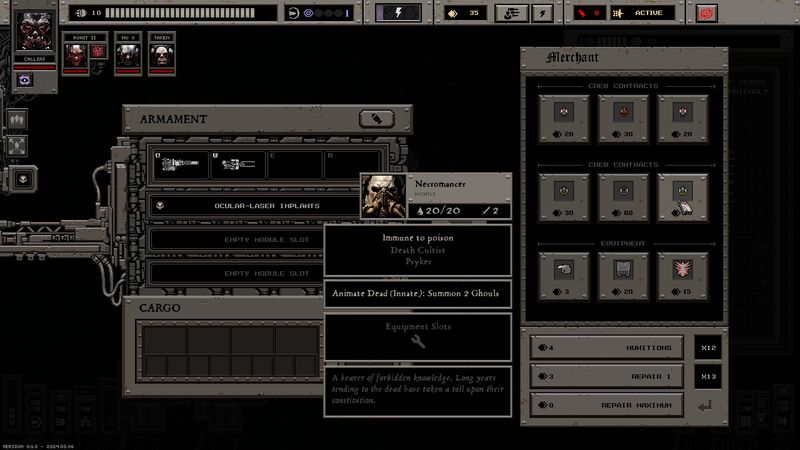
Balance issues do hold Void War back. Boarding builds and a few weapons dominate the meta, reducing viable strategy options. RNG often limits build variety—chasing a Storm III cannon can stall your run. Additionally, the linear star paths and clearly marked shops lessen exploration, making repeat playthroughs feel more rigid than the chaos-driven variety of FTL mods.
Gameplay Mechanics
At its core, Void War revolves around resource juggling—scrap, crew, equipment, modules, and psycher charges. Across my runs, two clear strategies emerged: spam boarders or land top-tier weapons. A popular Twitch tactic went like this:
Early on, recruit boarding-focused crew and find shrines to replace your starter captain with one holding talents like Aetherbrace or Summoner. Mid-sector, prioritize shrine visits—they influence shop inventories. Target artifact shrine paths to boost rare module spawns. Late-game, if top weapons haven’t dropped, shift hard into Summoner-led boarding to survive the endgame.
This supports the dominant player feedback: boarding spam is often the most effective approach. Developers mentioned in a recent diary that they’re tweaking resistance and spawn rates to support more varied strategies. I’m eager to see how that develops.
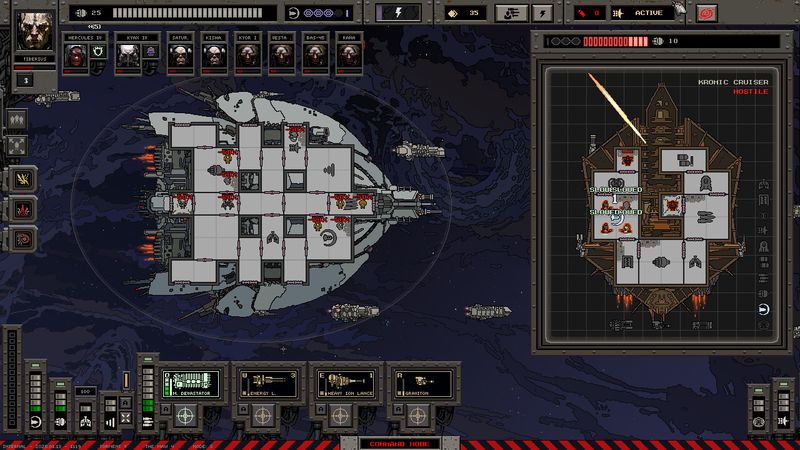
Psychic powers like “Mind Lash” are standout features. They stun enemy shields and open up clutch tactical moments. The crew equipment system brings personal progression—equipping a Plasma Cutter turns a unit into a specialist. Shrine interactions are another highlight, allowing players to subtly shape their builds without constant micromanagement.
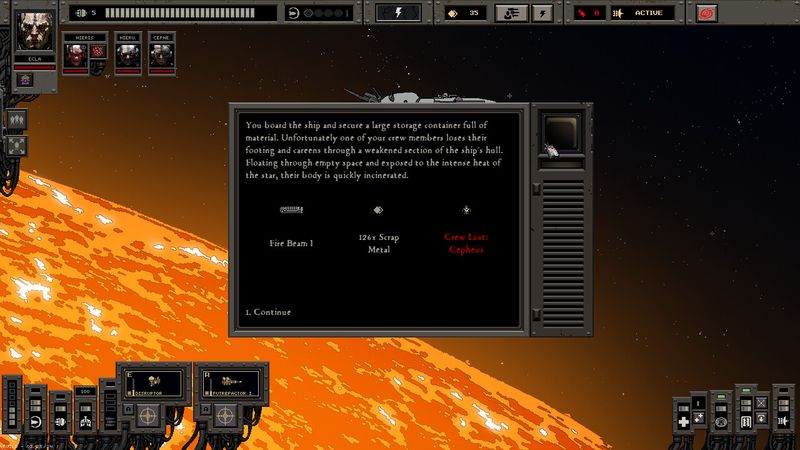
Shop variety suffers due to too many generic +10 HP modules, weakening decision-making. There’s also a lack of stealth or drone-only builds, limiting playstyle options. No-oxygen challenges feel clunky without proper support. Static ship layouts further hurt replayability by reducing interior path variety and dynamic room design.
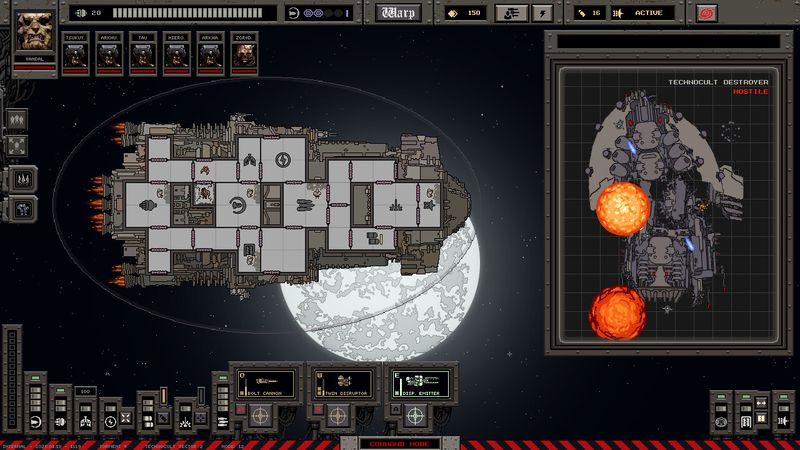
Story and Characters
Void War doesn’t try to be an epic space opera—it’s more a series of cryptic log entries, cult whispers and imperial dispatches that paint a world on its last legs. I enjoyed uncovering the pieces: an artifact chamber inscribed with despair, a pirate captain’s dying curse, or a soldier’s last, fractured transmission. You never sit through long cutscenes; instead, you piece the narrative together as you play. That’s a design choice I appreciate—every boarding party encounter can carry story weight if you read the flavor text.
Some of the most unforgettable moments came from high-stakes, cinematic encounters. Freeing a psychic crew member mid-battle only to see her unleash a city-level shockwave was jaw-dropping—turning the tide in an instant and cementing her as a key part of the run. The visual and mechanical payoff made it feel like a true climax.
Another highlight was a brutal showdown with an Imperial dreadnought, all while engulfed in toxic gas. My oxygen-immune team scraped through by the slimmest margin, and every second felt like a desperate fight for survival. The tension, atmosphere, and narrow victory made it one of the most rewarding battles of the game.
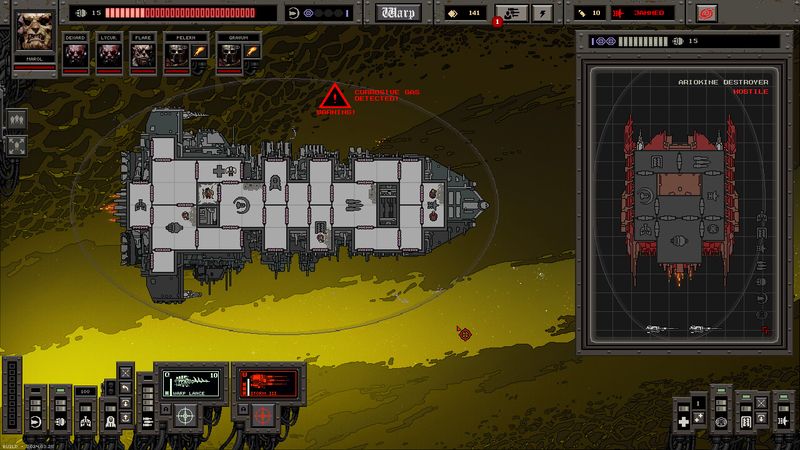
Visuals and Graphics
Void War’s pixel art strikes a pleasing middle ground between retro charm and gritty detail. Ship interiors are richly animated—pipes spew steam, lights flicker, and warping corridors feel alive. Enemy sprites range from twisted cultists to hulking space marines, each faction distinct in color palette and silhouette. The HUD is clean, if a tad busy, but I’ve grown to rely on quick hotkeys more than the mouse.
The game’s artistic flair shines through in its visual effects—ship damage zones glow a vivid ember-red when critical systems fail, creating immediate visual feedback during tense moments. Psychic abilities are marked by a subtle shimmer, helping them stand apart from standard laser fire and enhancing their supernatural feel. However, the game’s font choices are often small and difficult to read, especially in busy interfaces—a visual flaw that slightly hinders accessibility and is hopefully on Tundra’s patch radar.
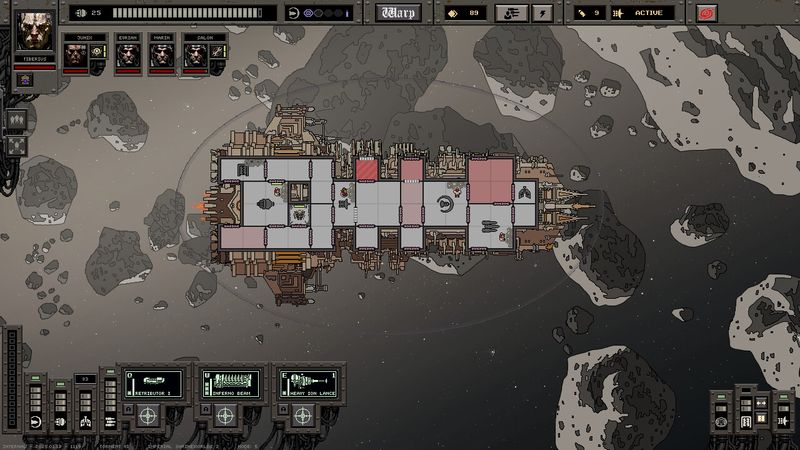
Sound and Music
Composer Lena Voss nails the dystopian vibe with a synth-industrial score that swells during boss fights and hisses through silent corridors. I particularly loved the dirge-like track that kicks in when you breach an artifact chamber. Sound effects are punchy—boarding doors clang open, crew grunts echo in the hull, and your warp engine hums with low, ominous growl. No voice acting, but the written dialogue is so well-paced that I never missed it.
Difficulty and Replayability
Void War strikes a steep learning curve. Early sectors wipe you out if you underestimate enemy healers or boarders. Mid-game RNG can feel punishing—one bad jump choice can deny you a key weapon for two or three beacons. Yet once you crack a strategy (usually boarding spam or psi-build), you’ll find satisfying momentum.
The game shines in replayability when you force yourself to ignore the “easy” boarding route. I challenged myself to a pure “artifact-only” run—refusing any scrap-for-module upgrades and leaning purely on weird relic combos. It was brutal but felt fresh. Community mods are already cropping up, and Tundra’s announced plans for free DLC adding new captains and ship classes later this year. That alone promises to extend the life of Void War well past its launch window.
Final Thoughts
Void War is a strong entry in the roguelike space-tactics genre. It nails atmosphere, smartly builds on FTL’s framework, and delivers enough new mechanics—psycher powers, equipment, shrines—to stand apart. Balance issues and RNG spikes hold it back from perfection, but Tundra’s active engagement and planned updates give me confidence they’ll smooth those rough edges. Whether you’re a speedrunner hunting sub-30-minute runs or a lore hunter piecing together Empire secrets, Void War has something to offer.
Rating: 4 out of 5 stars
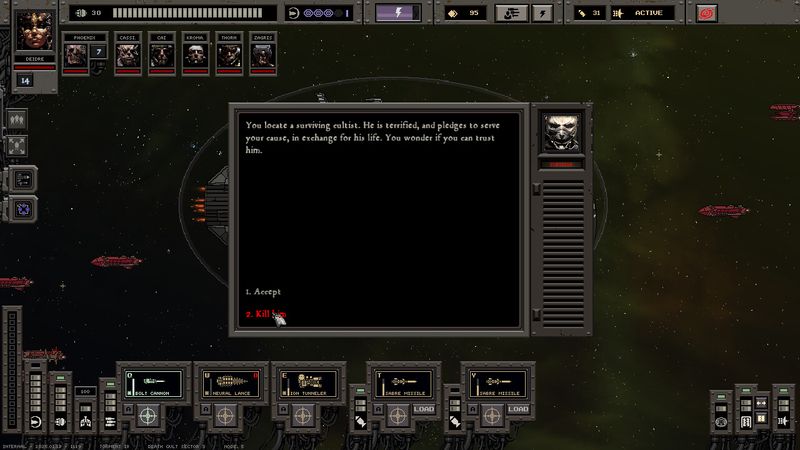
Trivia & Behind the Scenes
Tundra, the studio behind the game, is a small indie team founded by two former FTL modders with a passion for tactical space sims. Built over three years using the Unity engine, the project reflects their deep experience with roguelike mechanics and modding culture. Their hands-on knowledge shines through in the game’s systems and player-driven customization options.
Before its full release, the game underwent a closed beta with over 4,000 players, helping fine-tune mechanics and balance. Looking ahead, a major free update is scheduled for Q4 2025. This update promises new shrines, additional ship classes, and an overhaul of the loot tables—aiming to improve build variety and smooth out current progression bumps for returning players.
If you love the tension of FTL but crave a darker, more character-driven universe, Void War is a ride worth taking. Just be ready to board—and to get boarded—again and again.

